Anhui Feichun Special Cable Co.,Ltd Li.wang@feichuncables.com
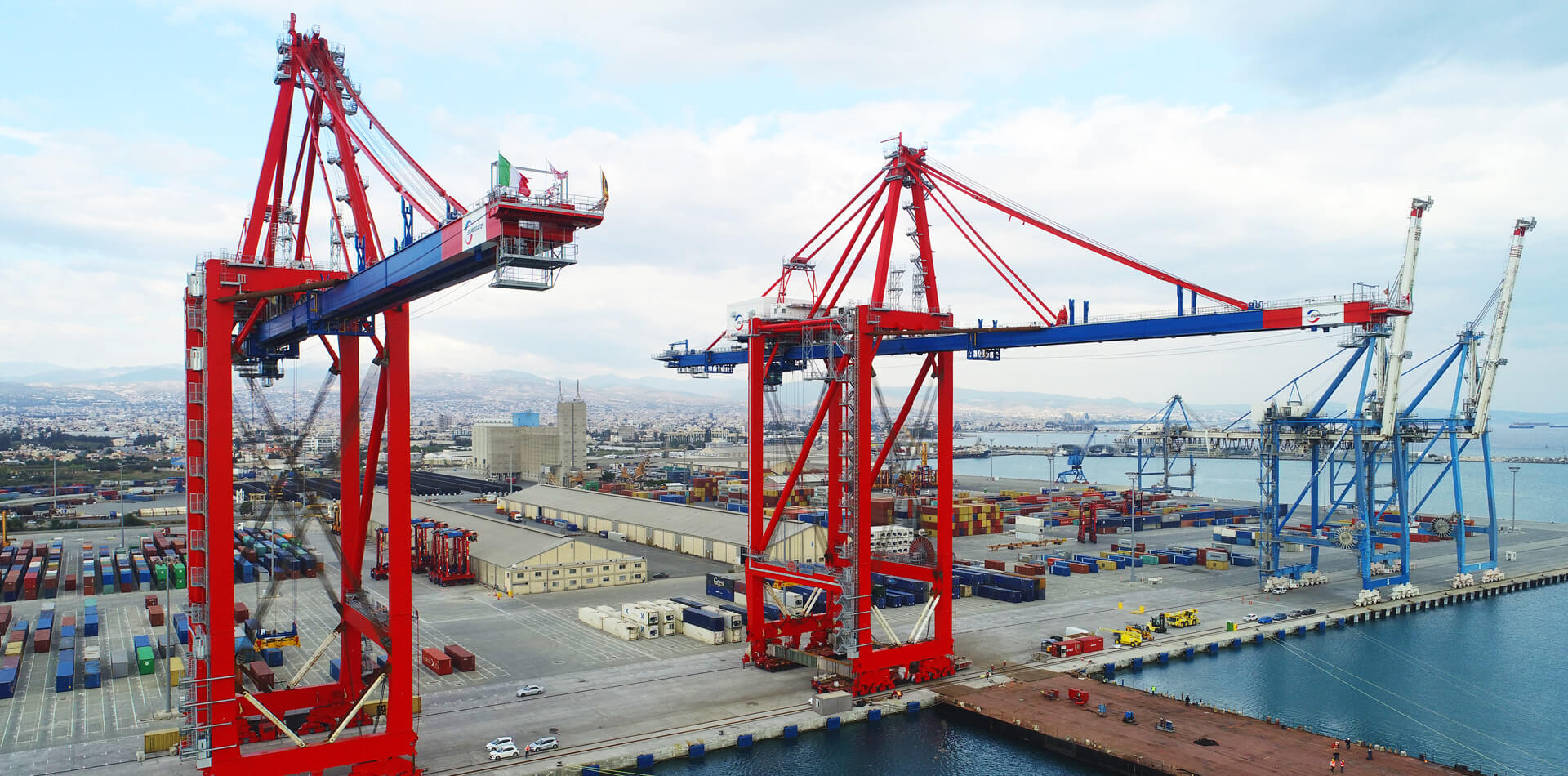
Ever Wondered How Giants Move Mountains of Cargo? Exploring Ship-to-Shore Cranes and Their Vital Cables in South Africa's Bustling Ports
Dive into the world of Ship-to-Shore (STS) cranes, the backbone of modern port operations and quay cranes essential for loading and unloading containers. Learn about their key components, commonly used cables like reeling and festoon types, technological advancements, and real-world applications in South African ports such as Durban. Keywords: Ship-to-Shore cranes, STS cranes, port efficiency, quay cranes, crane cables, Durban port upgrades, South Africa container terminals.
Li Wang
10/9/20257 min read
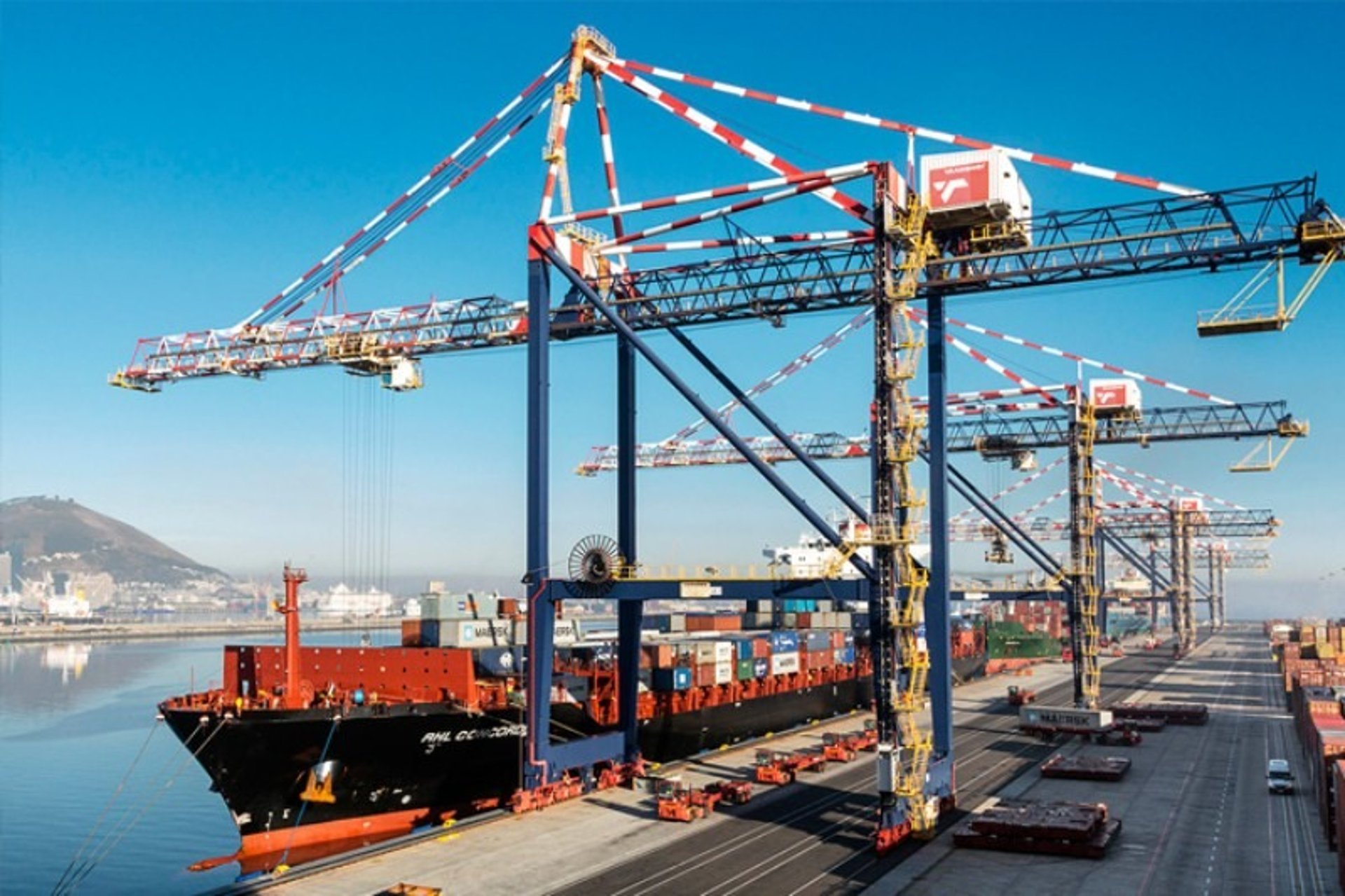
Introduction
Have you ever stood on a bustling quay and marvelled at the colossal machines that seem to dance effortlessly between ship and shore, hoisting massive containers as if they were mere toys? These are Ship-to-Shore (STS) cranes, also known as quay cranes, the unsung heroes of global trade. But what exactly are they? STS cranes are large, rail-mounted giants designed specifically for loading and unloading containers and cargo between vessels and the shore in port terminals. They tower over the water's edge, their long booms extending like mechanical arms to pluck containers from a ship's deck and deposit them neatly on the quay.
Tracing their roots, how did these behemoths evolve from rudimentary cargo handlers to the high-efficiency marvels we see today? In the early days of shipping, cargo was moved by hand or with basic winches, a laborious process that could take days. The post-World War II boom in containerisation revolutionised this, leading to the development of specialised cranes in the 1950s and 1960s. By the 1970s, STS cranes had become standardised, with advancements in automation and size to handle the ever-growing mega-ships. Today, they're integral to global trade, where delays can cost millions—think of the Suez Canal blockage in 2021 that highlighted just how vital efficient port operations are.
So, why do STS cranes play such a pivotal role in port efficiency? They're the backbone of container terminals, working in harmony with other equipment like Rubber-Tyred Gantry (RTG) cranes, reach stackers, terminal tractors, and yard systems. This integrated logistics network ensures containers move swiftly from ship (Point A) to stacks, yards, or external trucks (Point B). In an era of just-in-time supply chains, their speed—handling up to 40 moves per hour—provides a competitive edge. In South Africa, where ports like Durban handle over 2.5 million TEUs (Twenty-foot Equivalent Units) annually, STS cranes are crucial for keeping exports like minerals and imports like machinery flowing smoothly. But what makes these cranes tick? Let's delve deeper into their structure.
Main Structure and Key Components of STS Cranes
Imagine a structure so robust it can bear the weight of a small building while balancing on rails—how is that even possible? The gantry frame of an STS crane is the answer. This four-legged behemoth runs on two parallel rails along the quay, allowing it to traverse the wharf's length and access various cargo holds on a ship. Designed to withstand massive, uneven loads that shift constantly during operations, the frame must keep the crane's centre of gravity within a safe envelope. Even when the spreader extends to its maximum outreach with a heavy load, stability is paramount. This requires precise engineering, with mechanical components across the frame operating in perfect sync for efficiency and speed.
But what about the parts that reach out over the water? The waterside boom and landside girder system are essential for transferring cargo. The landside girder sits over the shore, while the waterside boom extends over the vessel. Why this split design? Primarily for safety during docking— the boom can be "boomed up" to a near-vertical position, avoiding collisions with incoming ships. In South African ports, where strong winds and swells are common, this feature is a lifesaver. Moreover, with outreaches from 40 to 70 metres, keeping the boom horizontal long-term would create excessive bending moments, shortening its lifespan. Booming up reduces stress on the steelwork, ensuring longevity in harsh marine environments.
Ever pondered the peak of these cranes? That's the A-frame, or trapezoidal structure, a steel lattice that supports and distributes the waterside boom's load. Resembling a cable-stayed bridge, it features numerous steel members connecting the boom to the landside girder. This design efficiently spreads forces, preventing structural failure under dynamic loads. In Durban, where cranes handle diverse cargoes from coal to cars, this robustness is key to uninterrupted operations.
Now, how does the crane actually move containers horizontally? Enter the trolley system. Mounted on rails atop the boom and girder, the trolley shuttles the spreader outwards to the ship or inwards to the shore. The operator's cabin is affixed to the trolley, providing an eagle-eye view of the lifting process. This integration minimises errors, as the driver can monitor every hoist and lower in real-time.
And what grabs the containers? The spreader is the crane's "hand," connected to the trolley for seamless movement along the beam. Linked to the hoist system, it lifts and lowers loads with precision. Modern spreaders boost productivity through telescopic arms adjusting for 20-, 40-, or 45-foot containers, and twin-lift capability for two 20-footers at once. Flippers guide alignment, while slewing allows rotation for non-parallel setups—handy when ships dock at angles due to tides in ports like Cape Town.
Power Supply, Electrical Systems, and Commonly Used Cables
What fuels these mechanical titans? STS cranes rely on electrical power, sourced from the port's three-phase grid at medium voltages of 10kV to 22kV, or backup diesel generators during outages. This setup ensures reliability—imagine a blackout halting operations at Durban during peak citrus export season! Onboard transformers step down voltage for various components, reducing cable size and enhancing safety.
But how do all these systems communicate? The crane bristles with sensors, cameras, and devices aiding the operator in safe, accurate manoeuvring. These electrical marvels form a nervous system, monitoring everything from load weights to wind speeds.
Now, let's zoom in on the cables—the unsung lifelines. Why are they so crucial? Cables must endure constant movement, flexing, and environmental abuse in salty, windy ports. Medium-voltage power cables form the core, supplying energy via reeling systems as the crane travels rails. In South Africa, where power fluctuations are not uncommon, these cables are vital for uninterrupted service.
Commonly used are reeling cables like (N)TSCGEWTOEUS types, engineered for high-speed winding and unwinding. Flexible and durable, they handle the crane's back-and-forth motion without fatigue. Tension sensors detect slack or tautness, signalling the reel motor to adjust—preventing breaks that could cause downtime costing thousands per hour.
Then there are festoon cables, such as C-FLEX or TRATOSFESTOON, ideal for mobile applications. Suspended in loops along the crane's path, they flex repeatedly under mechanical stress, perfect for the trolley's movements. In humid South African climates, their insulation resists corrosion, ensuring longevity.
Don't forget fibre optic cables for data transmission. In automated systems, they carry signals from sensors to controls, enabling upgrades like remote monitoring. Cable management is ingenious: reels in steel troughs along rails, controlled by motors and sensors tracking direction and tension. This prevents uncontrolled unspooling, a common issue in older setups. In essence, these cables aren't just wires—they're the arteries pumping life into STS operations.
Types and Technological Advancements in STS Cranes
Are all STS cranes created equal? Not at all. The two main types are gantry and portal cranes, each tailored to specific needs. Gantry cranes, with legs straddling the ship, excel for large vessels, handling high volumes—think ultra-large container ships docking in Durban. Their wide span allows deep outreach, boosting throughput.
Portal cranes, mounted on fixed structures with horizontal booms, suit smaller ships but have limited reach. In shallower South African ports like East London, they're more practical, though less versatile for mega-ships.
What innovations are pushing boundaries? Automation is a game-changer, reducing manual labour and costs. Sensors enhance safety, detecting anomalies to prevent accidents. Tandem-lift advancements allow lifting multiple containers simultaneously, slashing cycle times. In South Africa, where labour costs and skills shortages challenge ports, these techs promise efficiency gains, aligning with global trends towards greener, smarter operations.
Cases from South Africa
How do these cranes perform in the real world, especially in South Africa's dynamic ports? Let's look at Durban Container Terminal (DCT), Africa's busiest. In 2025, Transnet invested heavily in upgrades, including seven new tandem-lift STS cranes to replace ageing Noell models. Delivered by year-end, these feature offset land-side bogies, adapting rail gauges from 28.5m to 30.48m for flexibility. This, the largest port infrastructure spend in years, aims to boost efficiency amid growing trade demands.
Liebherr's 10-year partnership with Transnet, signed in 2025, delivered four large STS cranes to Durban Pier 2. Assembled on-site, the first two became operational in October 2025, with the rest in November— just in time for peak season. These upgrades lifted vessel performance, with Pier 1 hitting 100% compliance in June 2025, reducing congestion.
Flash back to 2013: Kalmar's project relocated five Noell and Liebherr STS cranes between East and North Quays in Durban. Using hydraulic platforms, this enhanced operational flexibility, allowing refurbishments without halting work. It streamlined flows, vital for a port handling diverse cargoes.
Challenges persist: Equipment shortages in Durban and East London hamper performance, as studies show. A 2025 Data Envelopment Analysis (DEA) of Southern African Customs Union (SACU) ports revealed strong links between STS cranes, berths, and tugboats for efficiency. In Durban, tandem-lifts improved container movements, while multi-trailer systems—explored in a 2017 study—boosted yard efficiency by 20-30%.
Port Elizabeth's 2025 addition of a new STS crane enhanced quayside operations, speeding container handling. These cases underscore how STS cranes, with proper investment, drive South Africa's trade competitiveness.
FAQs:
What causes STS crane failures?
A: Wire fatigue, poor maintenance, operator errors—mitigate with routine checks and training.
How can cable issues be prevented?
A: Opt for durable reeling/festoon cables with sensors; monitor slack to avoid over-tension.
Are STS cranes safe during power outages?
A: Yes, diesel generators kick in, but test them regularly.
What risks come from crane misalignment on runways?
A: Uneven travel, fixed by realigning rails and replacing worn pads.
How do environmental factors affect STS cranes?
A: Winds cause stress, corrosion eats steel—boom up in gales, apply anti-corrosion coatings.
In recap, have you grasped how STS cranes, with their intricate mechanical, electrical, and cable systems, underpin modern ports? From gantry frames to fibre optics, they're engineered for speed and safety, fuelling global commerce.
Looking ahead, what does the future hold? Full automation, sustainable energies like renewables, and AI-driven maintenance will tackle challenges, making ports like Durban even more efficient. In South Africa, these trends could transform trade, ensuring we're ready for tomorrow's demands.
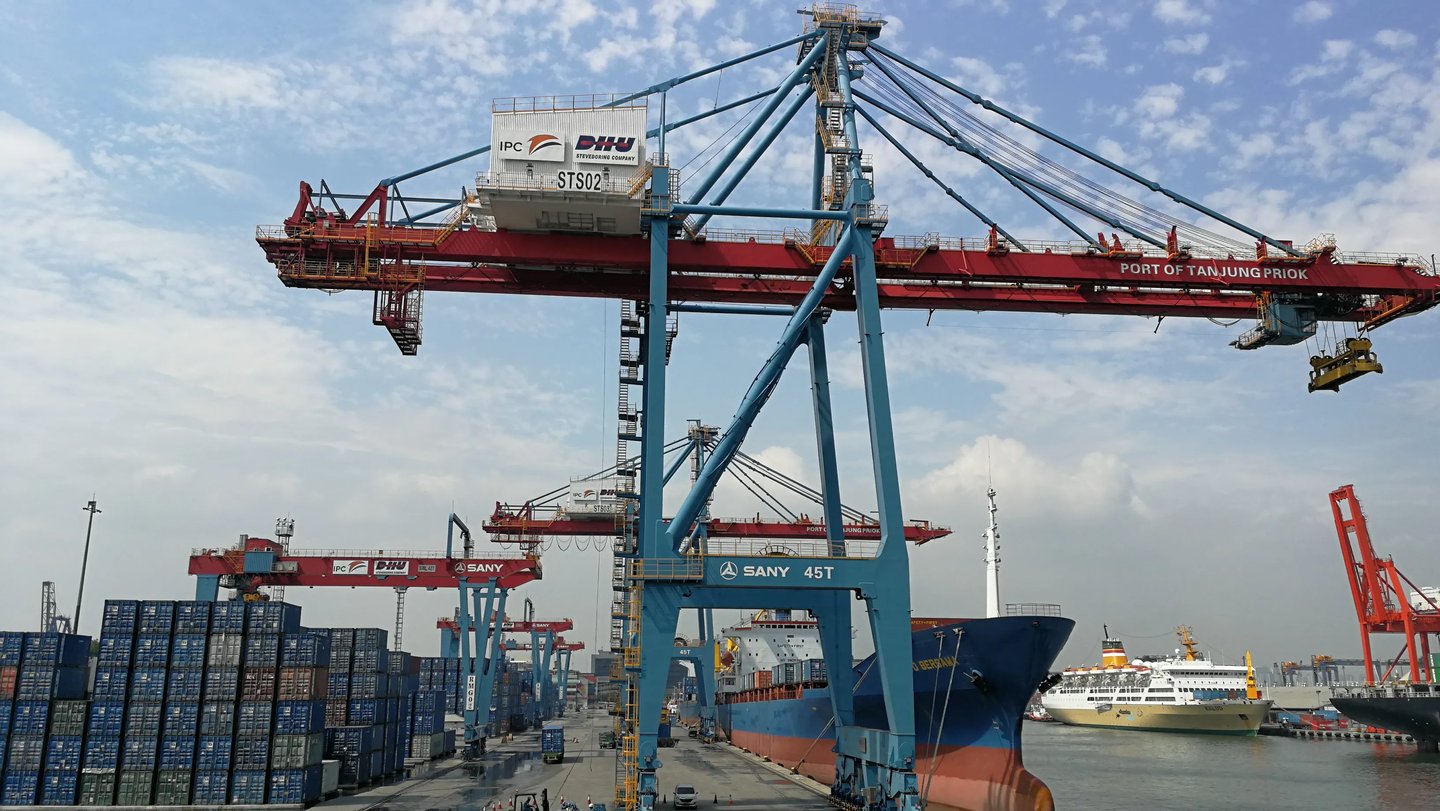



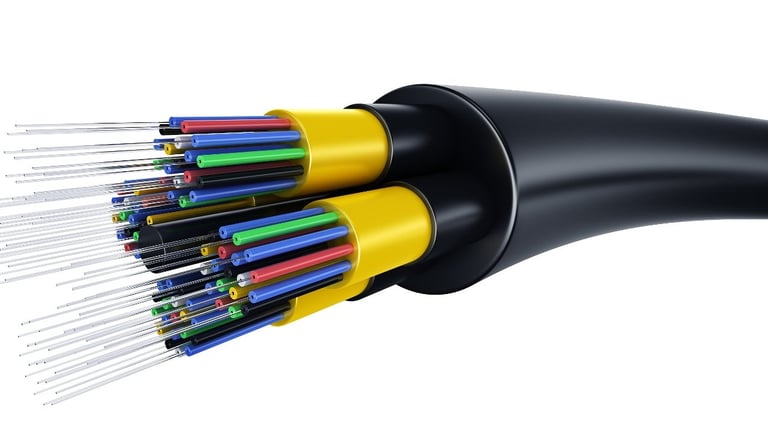

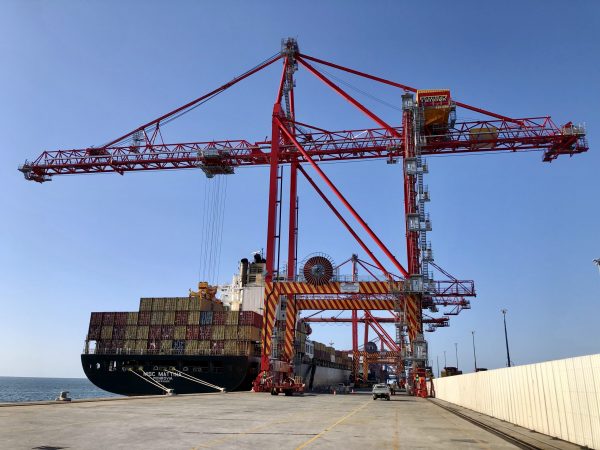


Email Address: Li.wang@feichuncables.com
© 2025. All rights reserved.


One-click to Quickly Contact
Products
Offshore & Marine Cable
XLPE Cable
Contact
Company
Location:
Building A Private Science and Technology Park, Hefei Economic and Technological Development Zone, Anhui Province, China
